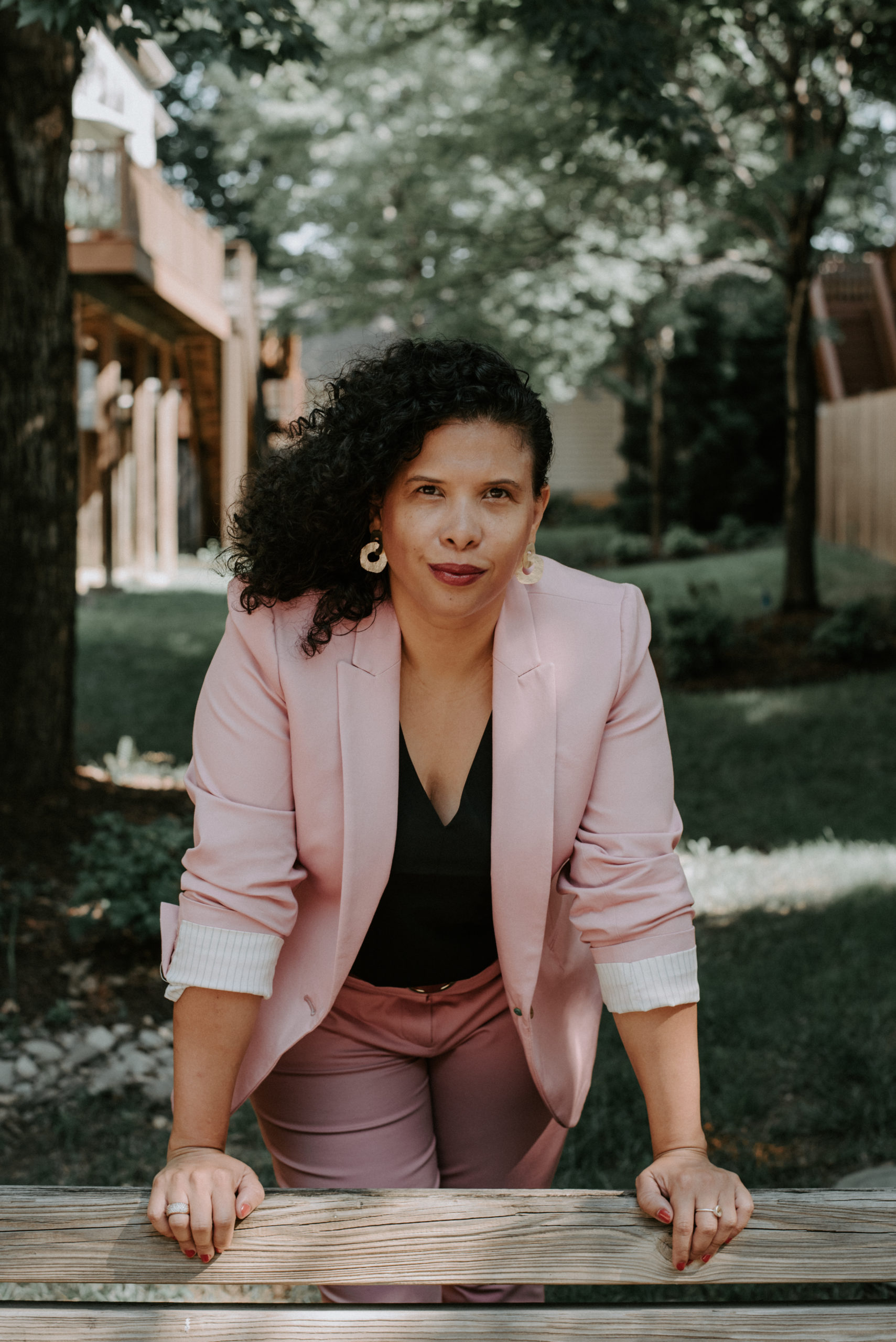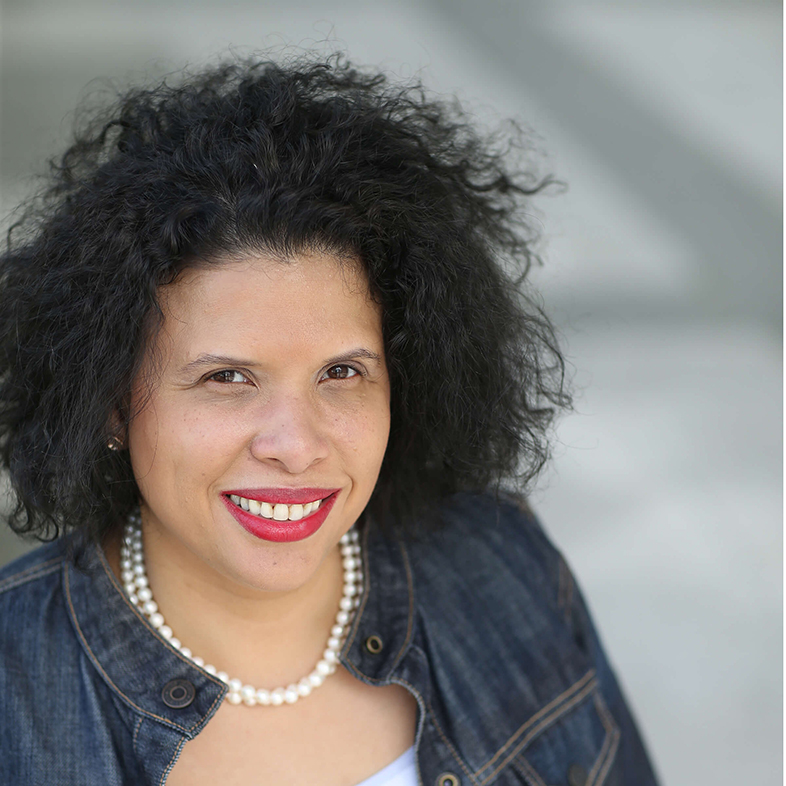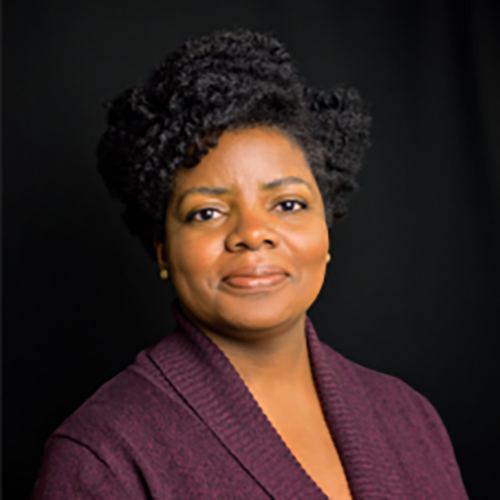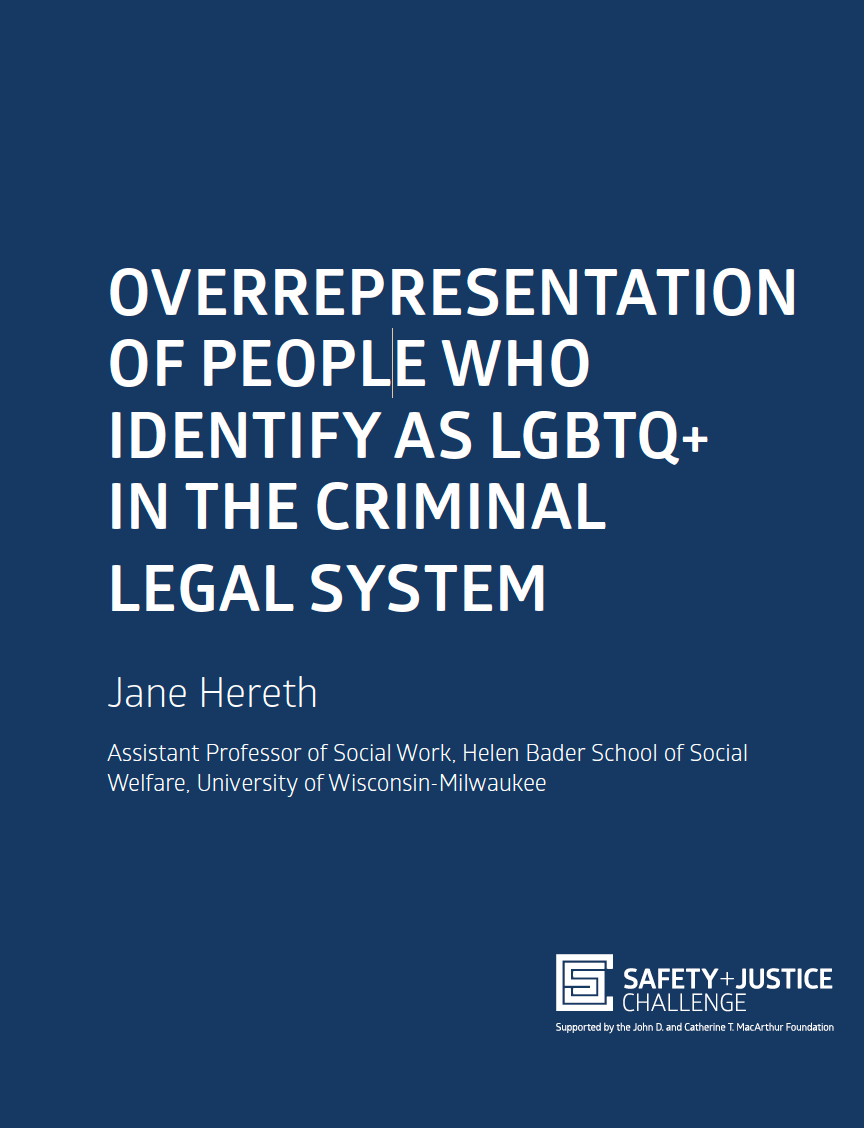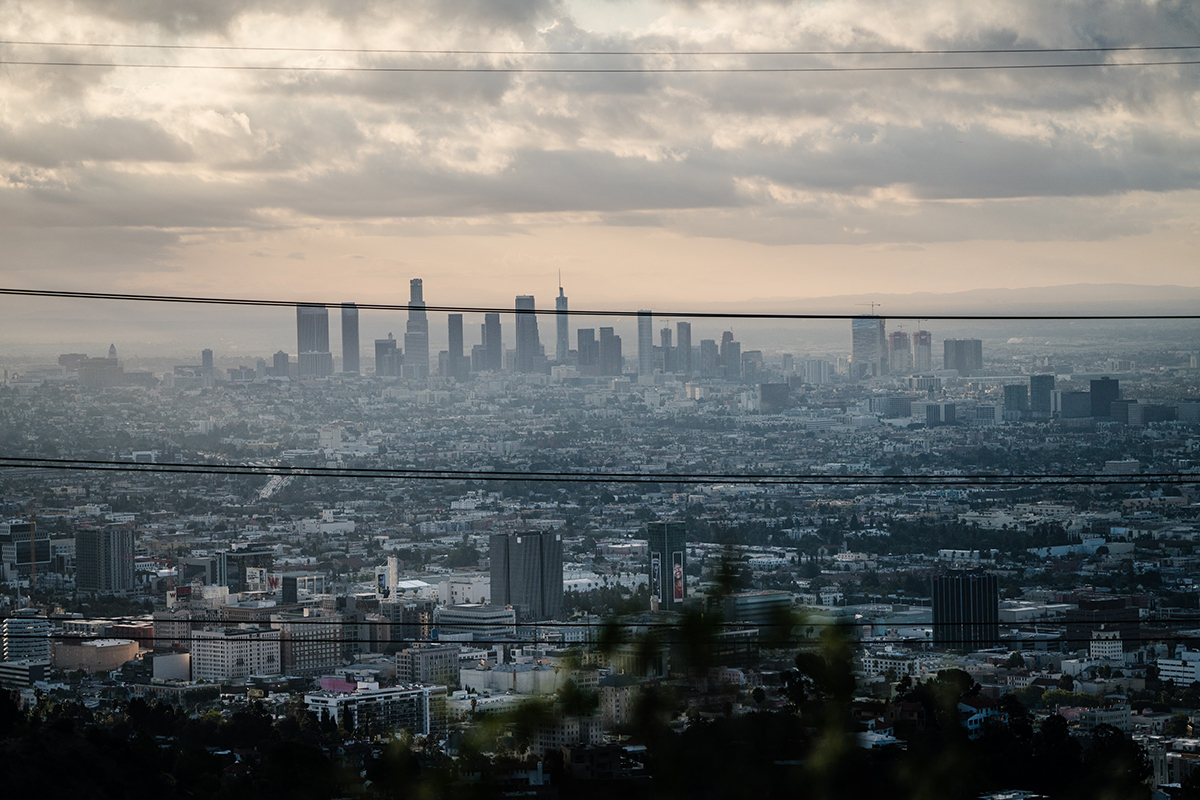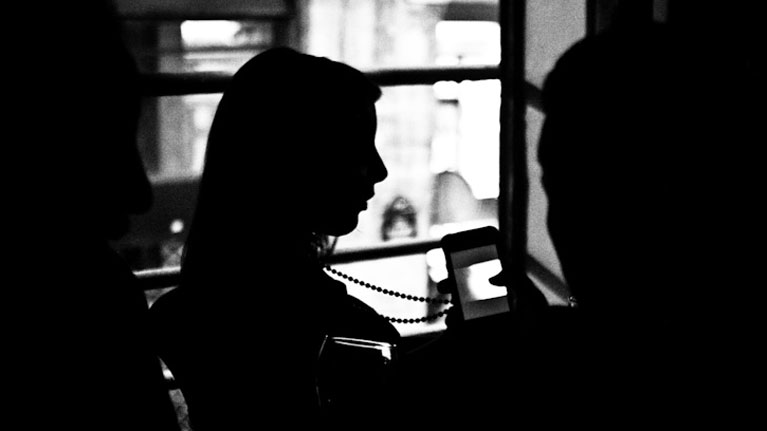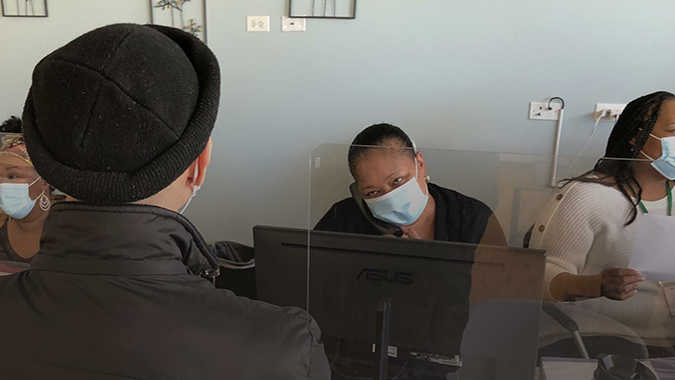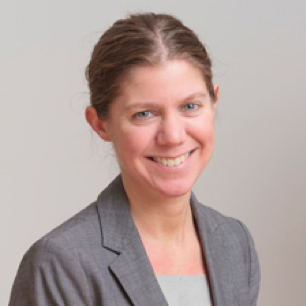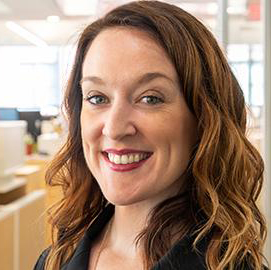Human Toll of Jail Incarceration Trends Racial and Ethnic Disparities September 27, 2022
Q: What does Hispanic Heritage Month mean to you?
A: It means that we’re trying to squeeze too much into a single month. As with any designated month or week to celebrate a huge swath of history and the contributions of a broad range of people, the notion falls absurdly short. But the month-long bookmark does have its utility inasmuch as it focuses the limelight on the rising-majority population of the country, thereby surfacing updated information, demographic trends, and political forecasts that, in the hands of people who want to shape the future of the US, can be very helpful
Q: 70 Million, LWC Studios’ podcast about criminal justice reform, was nominated for a Peabody Award and won several others. What prompted the idea?
A: I created the show to bridge the gap between practitioners and the public, to provide an accessible tool for educators, supporters, and policymakers that could imbue their work with real-world stories about the disastrous consequences of the matrix of “criminal injustice” systems at work in the United States. It’s, at its core, a public service.
Q: Why is it so important to tell the story of the local impact of jail through the voices of people impacted by jail?
A: Jails are the gateway to life-long entanglements with the legal system; they are the progenitors of generational cycles of poverty and disenfranchisement; they are almost entirely useless given that 97% of defendants never go to trial to get their “day in court,” and they simply warehouse people who actually need help. They are the depositories of social ills (not people) we care very little about curing: mental health, domestic violence, drug addiction, homelessness, military PTSD, chronic poverty, and inhumane immigration policies. So they are ideal for unpacking how ignoring, miscategorizing and relegating our collective responsibility for our fellow citizens diminishes who we are and makes becoming who we pretend to be impossible.
Q: Which episode of the podcast has had the most impact on listeners, do you think?
A: Based on listens, episode 10 in season four reached the most people.
When a State Treats Drug Addiction Like a Health Issue, Not a Crime
A year ago, Oregon became the first state to decriminalize drug possession. The goal is to reverse some of the negative impacts of the War on Drugs by approaching drug use from a health-centered basis. We visit an addiction and recovery center in Portland that’s gearing up for what they hope will be an influx of people seeking treatment. Reported by Cecilia Brown.
Q: Racial equity is a huge part of jail reform, isn’t it?
A: Racial equity is the only axis on which true reform can be achieved. A system built on monetizing the capture of formerly enslaved people cannot be reformed without addressing the institutional DNA that created it.
Q: I understand that you’re Dominican, and that you’ve also traced your ancestry back to multiple parts of Africa. How does that play into your view of jail issues?
A: I am an Afro-Descendent Latina woman raising two Black boys in the United States today. Every day I spend on this work extends my sons’ safety, further secures their well being, and contributes to the security of my family’s longevity. This work is vital to me.
Q: What are some of the major issues facing Latinx people in American jails?
A: The same issues that plague everyone else: unreasonable pre-trial detention periods, an exploitative bail system, lack of mental health services, overwhelmed public defenders, understaffed courts, physical hazards in dilapidated facilities, organized crime, etc. But increasingly, a subset of the country’s Latino population has been targeted and trapped by ICE and its private jail and prison contractors. The most revolting of these has been the children separated from their families and held in ice-cold warehouses for months as they sought asylum. So, in many ways, the local jail has become mobile and can pop up anywhere a dragnet needs to be formed for political theater.
Q: Why does it matter that stories about people of color in American jails are told by and for people of color?
A: Because we are the experts in our own experiences.
